
|
The Astrology Center of America, 2124 Nicole Way, Abingdon, MD 21009 Tel: 410-569-2670; Fax: 410-569-1386; Toll-free (orders only): 800-475-2272 |
|||||||
|---|---|---|---|---|---|---|---|
| Home | Author Index | Title Index | Subject Index | Vedic Books | Tarot | E-Mail: | |
 |
The Center for Psychological Astrology:Liz Greene & Friends |
 |
Whatever you think of it, Astro-Psychology is one of the great astrological innovations of the late 20th century. Liz Greene (along with the late Howard Sasportas) is one of the leaders in the field. She is a Jungian analyst who believes the soul of astrology is in Greek myth. Uncover the myth, see the true astrology revealed. The resulting mythical astrology is then applied psychologically. It should be pointed out, however, that classical scholar Robert Schmidt, of Project Hindsight, has yet to turn up any link between Grecian astrology & Grecian mythology. |
Greene holds a D.F. Astrol.S., from the Faculty of Astrological Studies, and a Dip. Analyt. Psych., from the Association of Jungian Analysts, both in London. I have yet to discover where her Ph.D. came from. Greene talks about herself in the February/March 2002 issue of The Mountain Astrologer, in an interview with Nick Campion. From the interview, we can surmise her Ph.D. in Psychology was awarded around 1972 from an American university. Shortly thereafter she arrived in London & has lived abroad ever since. See her bio at CPA Faculty Bios.
Special note on CPA Press titles: Up to 2001, books published by the Centre for Psychological Astrology (Liz Greene's London publishers) were not distributed in the US (there are now several available, see below). You can get the unavailable books directly from Midheaven Books in London, or from CPA itself. You'll find their emails & addresses at the Metalog Astrology Yellow Pages.
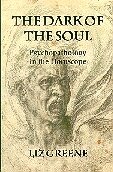 |
||
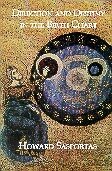 |
||
 |
||
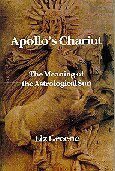 |
||
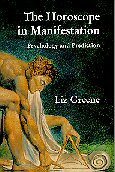 |
||
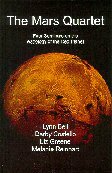 |
||
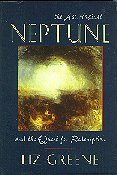 |
||
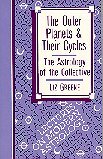 |
||
 |
||
 |
||
 |
||
 |
||
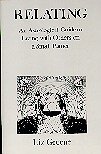 |
||
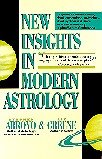 |
||
 |
||
See also:
The Mythic Tarot, cards & book set by Juliet Sharman-Burke & Liz Greene. Illustrated by Tricia Newell.

2124 Nicole Way, Abingdon, MD 21009
Tel: 410-569-2670; Fax: 410-569-1386; Toll-free (orders only): 800-475-2272
| Home | Author Index | Title Index | Subject Index | Vedic Books | Tarot | E-Mail: |
Established 1993, The Astrology Center of America is owned & operated by David Roell.
This entire site (AstroAmerica.com) is copyright 1996, 1997, 1998, 1999, 2000 by William R. Roell.
All rights reserved.